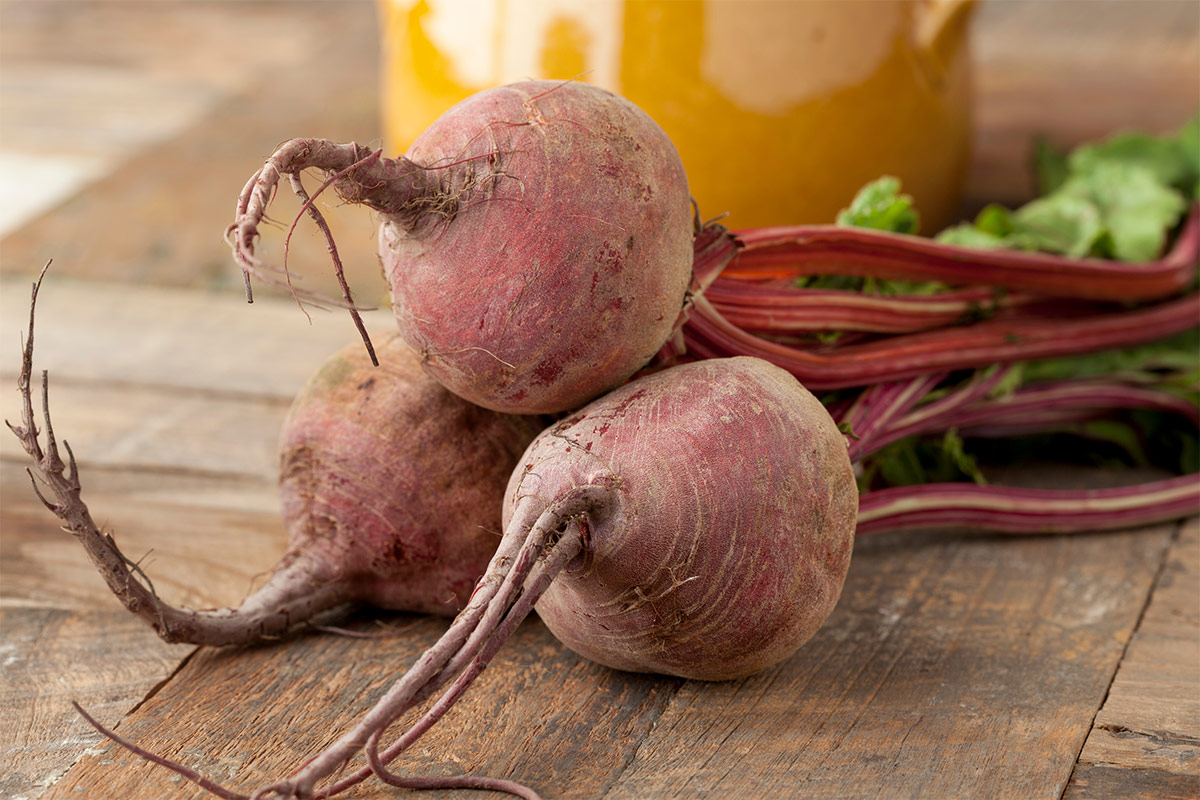

Articles
How To Store Beets In Fridge
Modified: January 8, 2024
Learn how to properly store beets in the fridge to keep them fresh for longer. Read our informative articles for useful tips and tricks.
(Many of the links in this article redirect to a specific reviewed product. Your purchase of these products through affiliate links helps to generate commission for Storables.com, at no extra cost. Learn more)
Introduction
Beets are versatile root vegetables that are not only packed with nutrients but also delicious in various dishes. Whether you grow them in your garden or purchase them from the local market, it’s essential to know how to store beets properly to keep them fresh for longer. The refrigerator is an excellent option for storing beets, as it helps maintain their freshness and extends their shelf life.
In this article, we’ll explore why storing beets in the fridge is beneficial, the steps to prepare beets for storage, and different methods for storing both whole and cooked beets in the refrigerator. We’ll also provide some useful tips for extended beet storage and how to check and use the stored beets efficiently.
By following these guidelines, you can ensure that your beets stay crisp, flavorful, and ready to use whenever you need them, whether it’s for salads, side dishes, or even juicing.
Key Takeaways:
- Storing beets in the fridge extends their shelf life, retains their nutritional value, and maintains their texture and flavor, making them easily accessible for a variety of recipes.
- Properly prepared and stored beets in the fridge can last up to 2-3 weeks for whole beets and 3-5 days for cooked beets, with additional tips for extended storage options.
Read more: How To Store Beet Greens In The Fridge
Why Store Beets in the Fridge?
Storing beets in the fridge offers several advantages that help maintain their freshness and quality for a longer period of time. Here are a few reasons why it’s beneficial to store beets in the refrigerator:
1. Extended Shelf Life: Beets are root vegetables, and like many other root vegetables, they tend to have a longer shelf life when stored in cooler temperatures. The cold environment of the refrigerator helps slow down the degradation processes, preventing spoilage and prolonging the usability of the beets.
2. Retains Nutritional Value: Beets are rich in vitamins, minerals, and antioxidants, which can deteriorate when exposed to heat and light. Storing them in the fridge helps retain their nutritional value by minimizing the degradation of these beneficial compounds.
3. Maintains Texture and Flavor: Beets stored in the fridge retain their firm texture and vibrant color better than when stored at room temperature. This is particularly important if you plan to use the beets in salads or other recipes where their appearance and texture are essential.
4. Minimizes Mold and Bacteria Growth: The cold temperature of the fridge inhibits the growth of mold and bacteria, reducing the chances of spoilage and extending the shelf life of the beets. Keeping them in controlled conditions helps ensure that you can enjoy fresh and safe beets for a longer duration.
5. Convenience and Accessibility: Storing beets in the fridge makes them readily available and easily accessible whenever you need them. This allows you to incorporate them into your meals or recipes without the need for frequent trips to the grocery store.
Overall, refrigerating beets is a practical and effective method for preserving their freshness, nutritional value, and flavor. By taking advantage of the fridge’s cool environment, you can extend the shelf life of your beets and enjoy their goodness for an extended period.
Preparing Beets for Storage
Before you store beets in the fridge, it’s important to properly prepare them to ensure optimal storage conditions. Here are the steps to follow when preparing beets for storage:
1. Cleaning: Start by gently scrubbing the beets under cool running water to remove any dirt or debris. Use a vegetable brush or your hands to ensure thorough cleaning. Avoid peeling the beets at this stage, as it will help retain their freshness and prevent moisture loss during storage.
2. Trimming: Trim off the tops and the roots of the beets, leaving about one inch of stems intact. This step helps prevent excessive moisture loss and keeps the beets fresh for longer. Don’t discard the beet greens as they are edible and can be used in recipes, such as sautéed greens or added to salads.
3. Drying: After cleaning and trimming, pat the beets dry with a clean kitchen towel or paper towels. Removing excess moisture helps prevent rot and mold growth during storage.
4. Storage Containers: Choose storage containers that provide airtight seals, such as plastic bags or containers with lids. These containers will help maintain the humidity levels and prevent the beets from drying out.
5. Ventilation: If storing whole beets, it’s important to provide some ventilation to prevent excess moisture accumulation. Leave small holes or openings in the storage containers to allow for proper airflow.
6. Labeling: If you have multiple types of beets or plan to store them for a longer duration, consider labeling the storage containers with the date to easily track their freshness and usage.
By following these steps, you’ll ensure that your beets are properly prepared for storage, allowing them to stay fresh and flavorful in the refrigerator.
Storing Whole Beets in the Fridge
Storing whole beets in the fridge is a simple and effective method for keeping them fresh and ready to use. Here’s how you can store whole beets in the refrigerator:
1. Airtight Containers: Place the cleaned and dried beets in airtight containers, such as plastic bags or lidded containers. Ensure that the containers have enough space to accommodate the beets without crowding them.
2. Ventilation: If using plastic bags, leave the bags slightly open or punch a few small holes to allow for proper ventilation. This will prevent excess moisture buildup and keep the beets from becoming mushy or rotting.
3. Temperature: Set the refrigerator temperature to around 32°F to 40°F (0°C to 4°C) to maintain an optimal environment for the beets.
4. Shelf Placement: Store the beets in the vegetable crisper drawer or in a separate section designated for root vegetables. This will provide them with a consistent cool temperature and protect them from other food items.
5. Avoiding Moisture: Keep the beets away from sources of excess moisture, such as fruits with high ethylene production (like apples) or wet vegetables. Excessive moisture can cause the beets to rot quickly.
6. Checking Periodically: Check the stored beets every few days for any signs of spoilage, such as mold, soft spots, or unpleasant odors. Discard any beets that show signs of deterioration to prevent contamination of the others.
By following these steps, you can store whole beets in the refrigerator for up to 2 to 3 weeks, ensuring that they remain fresh and ready to use in your favorite recipes.
Store beets in the fridge by removing the greens, placing them in a perforated plastic bag, and storing in the crisper drawer. They can last for up to 2 weeks.
Storing Cooked Beets in the Fridge
If you’ve already cooked your beets and want to store them for later use, the refrigerator is still the ideal place to keep them fresh. Follow these steps to store cooked beets in the fridge:
1. Cooling: Allow the cooked beets to cool completely before storing them. Placing hot beets in the refrigerator can lead to condensation, which can dampen the beets and affect their texture and flavor.
2. Slicing or Dicing: Depending on how you plan to use the cooked beets, you can slice or dice them before storing. This will make it easier to incorporate them into salads, soups, or other dishes later on.
3. Airtight Containers: Place the cooled and sliced/diced beets in airtight containers, such as lidded containers or resealable plastic bags. Ensure that the containers are clean and dry to prevent any moisture from accumulating.
4. Liquid Storage: If there is any liquid or dressing left from cooking the beets, it’s best to store them together. The liquid will help keep the beets moist and flavorful.
5. Labeling and Date: To track their freshness, label the containers or bags with the date of storage. This will help you keep track of how long the cooked beets have been in the fridge.
6. Shelf Placement: Store the containers of cooked beets in a designated section of the refrigerator, away from raw foods and potential contaminants. This will help maintain their quality and prevent cross-contamination.
7. Usage Timeframe: Cooked beets stored in the refrigerator will typically maintain their best quality for around 3 to 5 days. Try to use them within this timeframe for optimal taste and texture.
By following these steps, you can store your cooked beets safely in the fridge, allowing you to enjoy their vibrant color and earthy flavor in a variety of recipes, even when cooked in advance.
Read more: How To Store Cooked Beets
Tips for Extended Beet Storage
If you want to extend the storage life of your beets beyond the typical timeframes, here are some useful tips to help you store them even longer:
1. Optimal Temperature: Lower the temperature of your refrigerator slightly to around 32°F to 35°F (0°C to 2°C). This slightly colder temperature can help further slow down the deterioration processes and prolong the shelf life of your beets.
2. Separate Leafy Greens: If your beets come with the greens still attached, remove the greens before storage. The leafy greens release ethylene gas, which can accelerate the ripening and spoilage of the beets. Store the greens separately, wrapped in a damp paper towel, and use them within a few days.
3. Blanch and Freeze: If you have an abundance of beets and want to store them for a longer duration, consider blanching and freezing them. Simply peel, cook, and then blanch the beets in boiling water for a few minutes. Plunge them into ice water to cool, drain, and then transfer to freezer-safe containers. They can be stored in the freezer for up to 8 to 10 months.
4. Vacuum Seal: Invest in a vacuum sealer to remove the excess air from the storage containers or bags. Vacuum sealing helps create airtight conditions and prevents the beets from being exposed to oxygen, which can accelerate spoilage.
5. Preserve in Pickling Solution: Another option for extended beet storage is pickling them. Prepare a pickling solution using vinegar, water, sugar, and spices, and then immerse the beets in the solution. Store the pickled beets in sterilized jars in a cool, dark place, such as a pantry or cellar. Properly sealed and stored, pickled beets can last for several months.
6. Rotate your Stock: If you have multiple batches of beets, it’s important to rotate your stock. Use the older beets first to prevent them from spoiling and ensure that you’re enjoying them at their best.
7. Quality Check: Regularly inspect your stored beets for any signs of spoilage, such as mold, soft spots, or off odors. Remove any affected beets promptly to prevent them from contaminating the rest.
By implementing these tips, you can maximize the storage life of your beets and enjoy their freshness and flavors for an extended period.
Checking and Using Stored Beets
When it’s time to use the beets you’ve stored in the fridge, it’s essential to check their quality and ensure they are still fresh. Here are some key steps to follow when checking and using stored beets:
1. Visual Inspection: Take a close look at the stored beets and check for any visible signs of spoilage, such as mold, discoloration, or soft spots. If you notice any of these signs, discard the affected beets as they may no longer be safe to consume.
2. Texture Check: Gently squeeze the beets to assess their firmness. Fresh beets should be firm and not mushy or overly soft. If the beets feel soft or have a squishy texture, they may have started to spoil and are best discarded.
3. Smell Test: Give the stored beets a sniff to detect any off odors. Fresh beets should have a mildly earthy smell. If you notice any unpleasant or foul odors, it could indicate spoilage, and the beets should be discarded.
4. Use-by Dates: If you labeled the storage containers with the date of storage, check the use-by dates to ensure you’re using the beets within a safe timeframe. While beets can sometimes be safe to consume even after the recommended timeframe, it’s best to exercise caution and use them within the specified dates for optimal quality.
5. Recipes and Preparation: Once you’ve determined that the stored beets are still fresh and safe to use, you can incorporate them into a variety of delicious recipes. Beets can be roasted, boiled, grated for salads, blended into soups, or even juiced for a nutritious and vibrant beverage.
6. Proper Storage: If you have leftovers from the cooked beets, store them properly in airtight containers and return them to the refrigerator promptly. Cooked beets can be used within a few days, but it’s always best to consume them as soon as possible for optimal taste and texture.
By following these steps, you can confidently check and use the stored beets, ensuring that you enjoy their freshness and flavors to the fullest extent. Remember to prioritize safety and quality when using stored beets in your culinary creations.
Conclusion
Storing beets in the fridge is a practical and effective way to extend their shelf life and ensure their freshness and quality. By following the proper steps for preparing and storing beets, you can enjoy these nutritious root vegetables for an extended period of time.
From cleaning and drying the beets to selecting appropriate storage containers, each step plays a crucial role in maintaining the beets’ texture, flavor, and nutritional value. Whether you store whole beets or cooked beets, the refrigerator provides an ideal environment for preserving their freshness.
By understanding the benefits of storing beets in the fridge, you can maximize their shelf life and enjoy their vibrant color and earthy flavor. It’s important to regularly inspect the stored beets for spoilage, discarding any beets that show signs of deterioration.
With proper storage techniques, such as blanching and freezing or pickling, you can extend the storage life of your beets even further. This allows you to have a steady supply of beets on hand for your culinary endeavors and ensures that no beets go to waste.
When the time comes to use your stored beets, perform a visual inspection, texture check, and smell test to ensure their freshness. If they pass these tests, incorporate them into various recipes to experience the delicious versatility of beets.
In conclusion, storing beets in the fridge is a simple yet effective method to keep them fresh and ready to use. Proper preparation, storage containers, and temperature settings play a key role in preserving their quality. By following the guidelines in this article, you can make the most of your beets and enjoy their vibrant flavors in your favorite dishes for an extended period.
Frequently Asked Questions about How To Store Beets In Fridge
Was this page helpful?
At Storables.com, we guarantee accurate and reliable information. Our content, validated by Expert Board Contributors, is crafted following stringent Editorial Policies. We're committed to providing you with well-researched, expert-backed insights for all your informational needs.
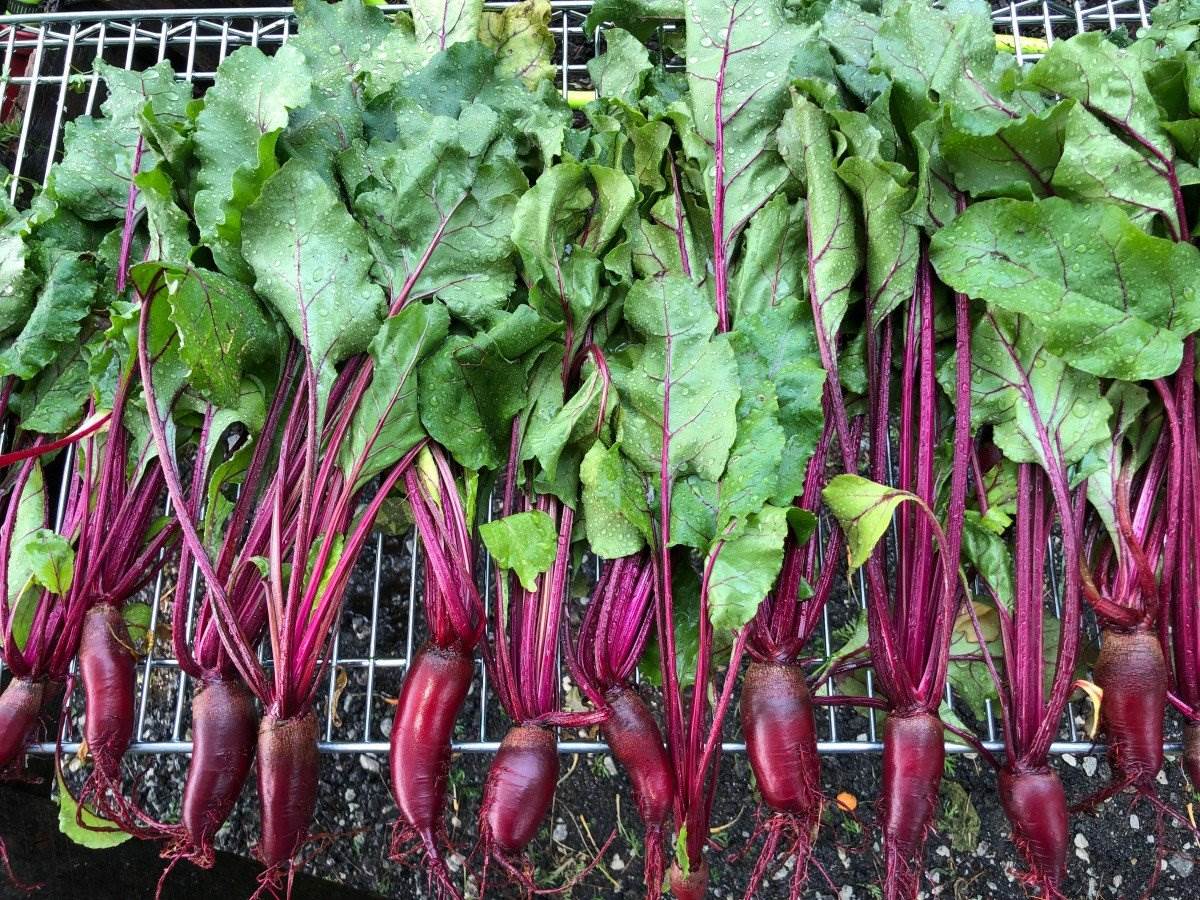
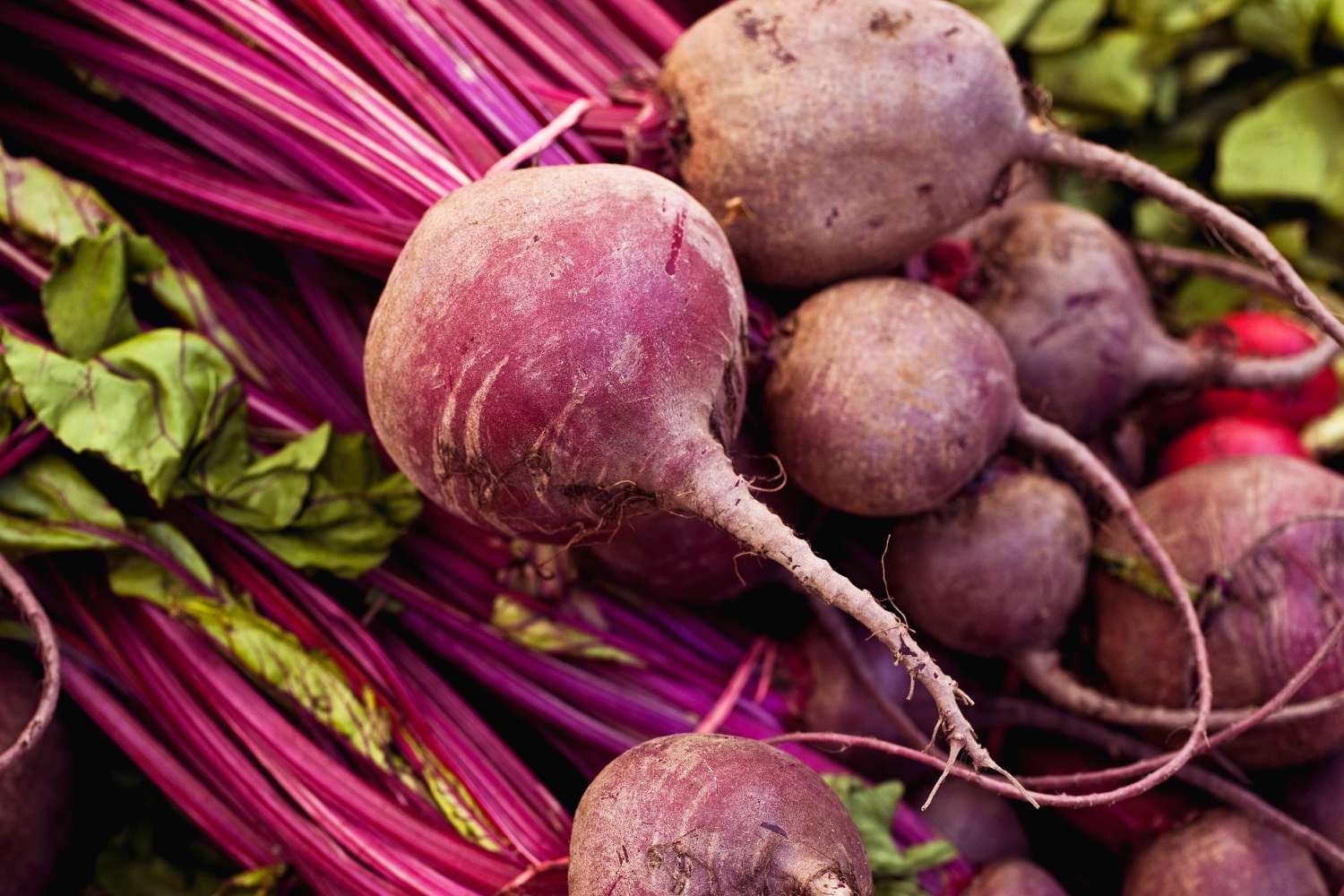
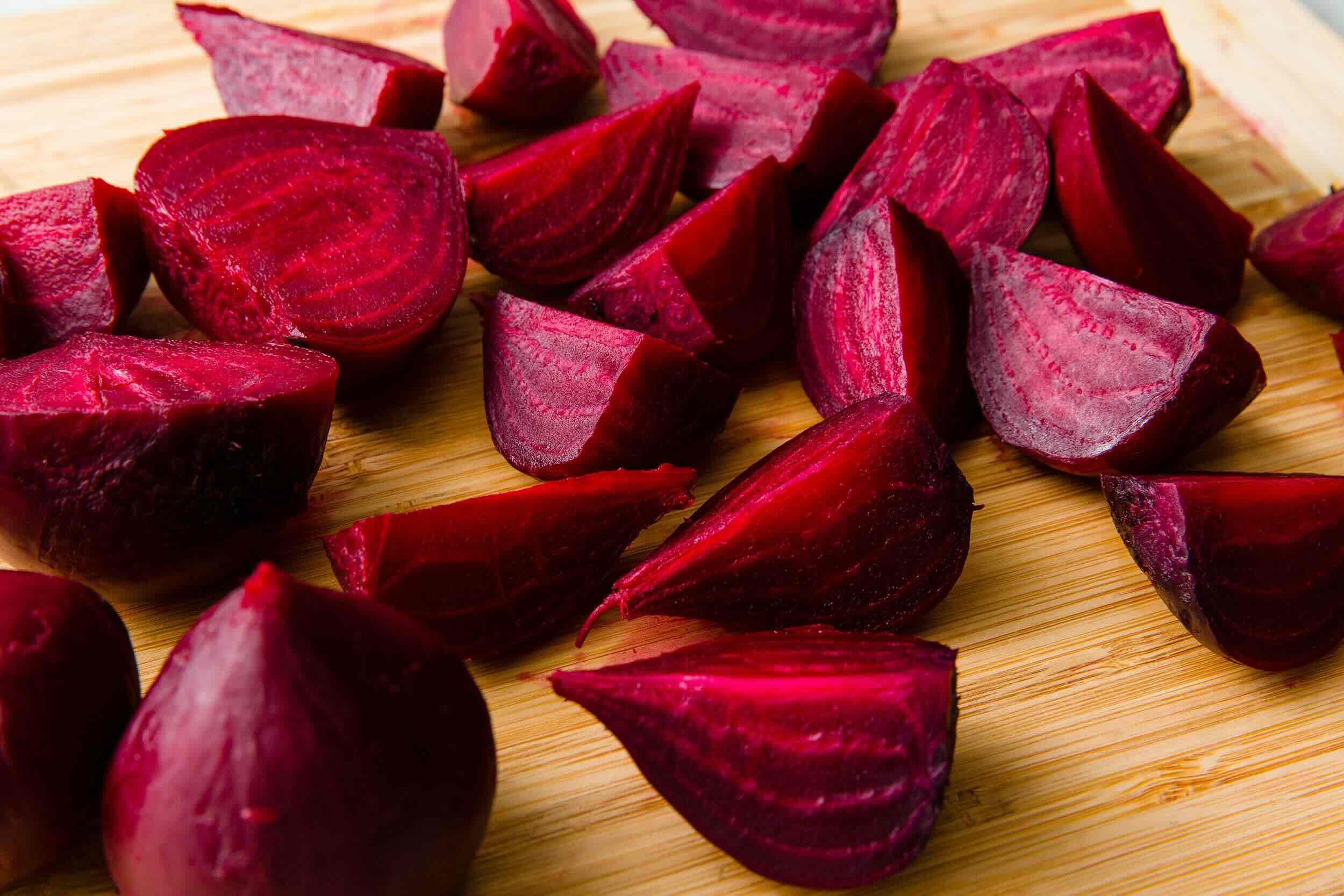

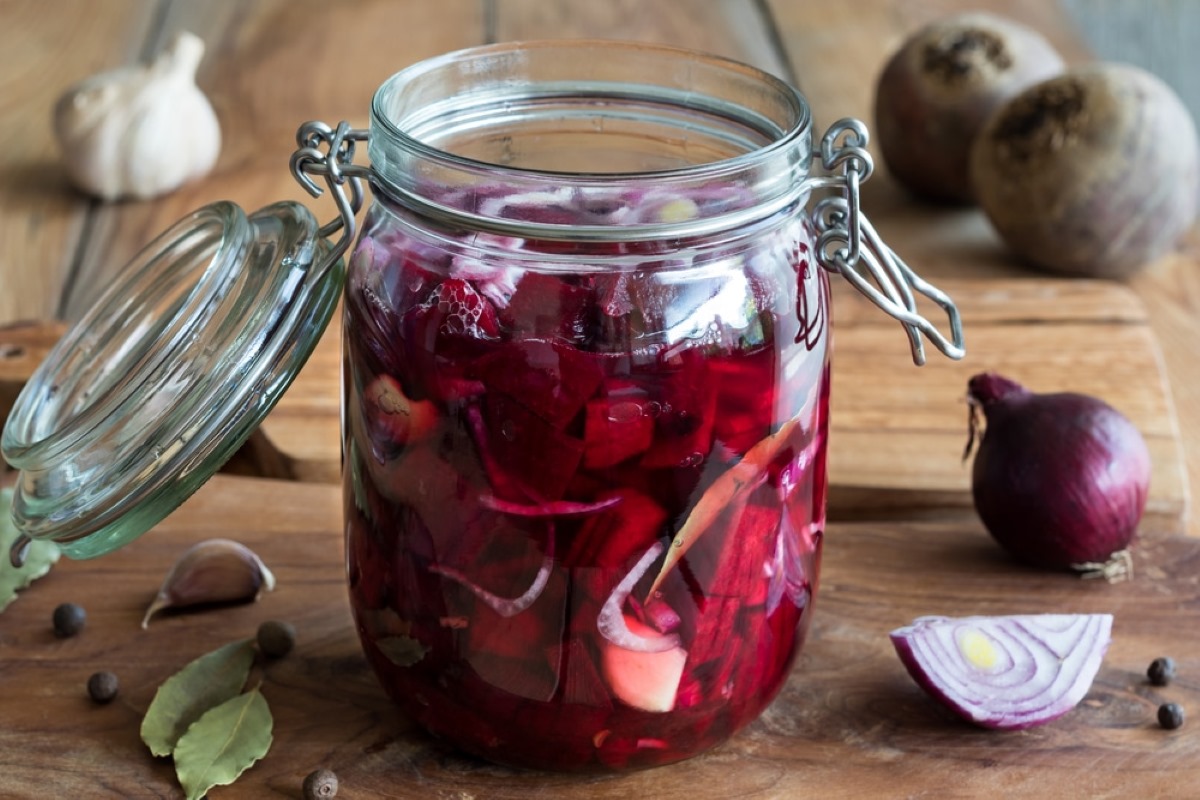
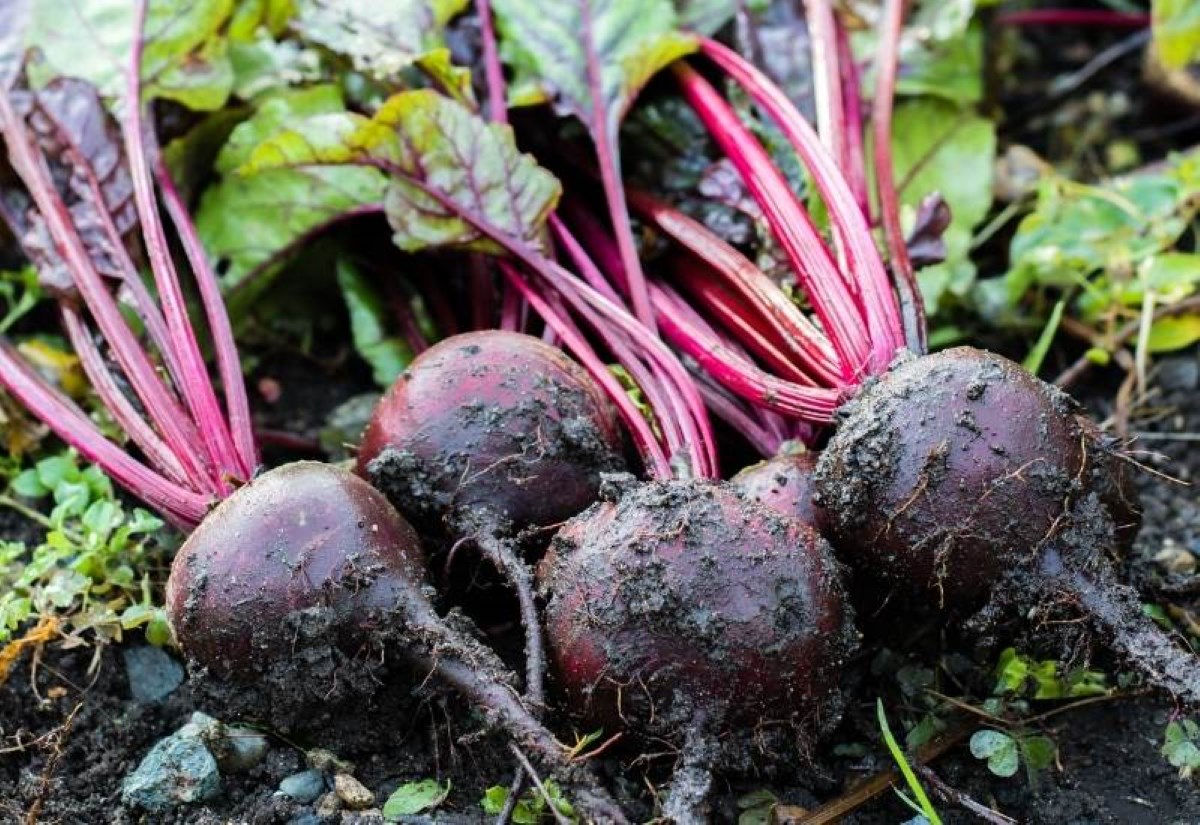
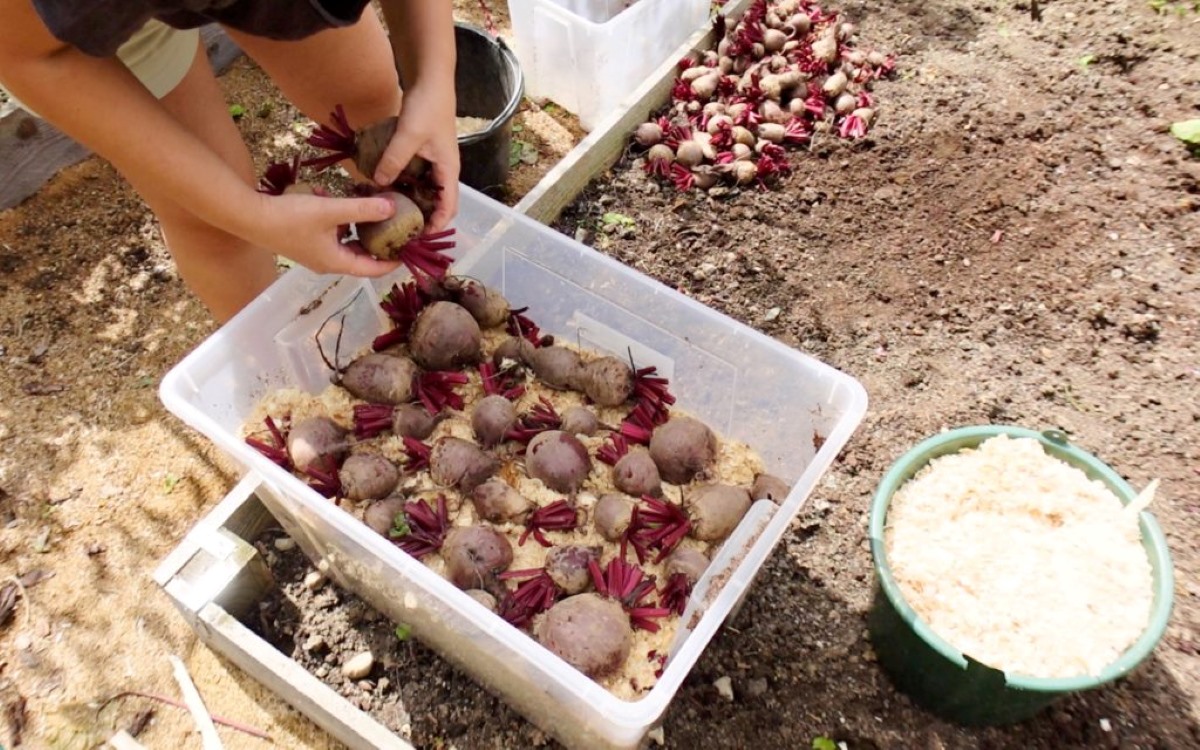
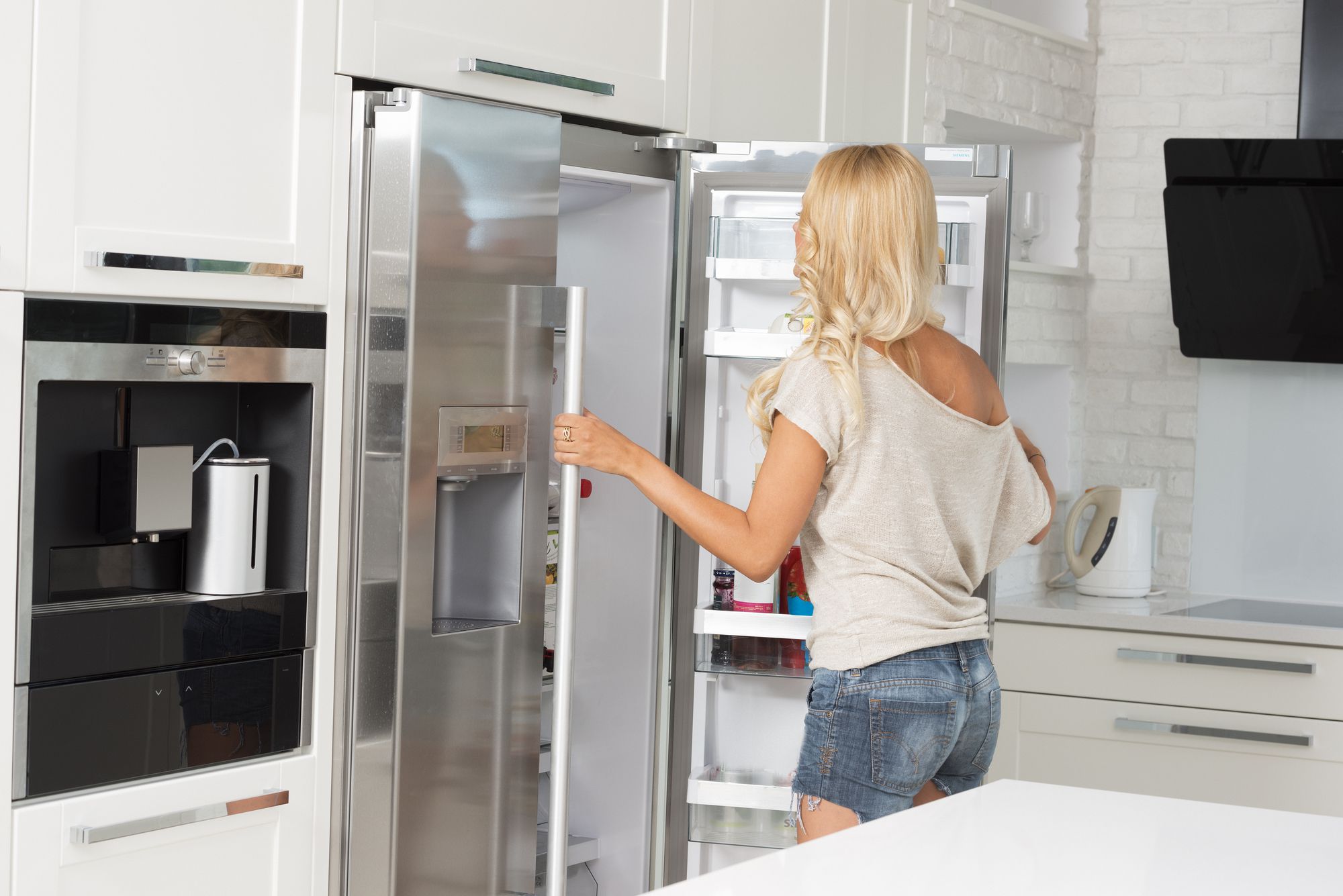
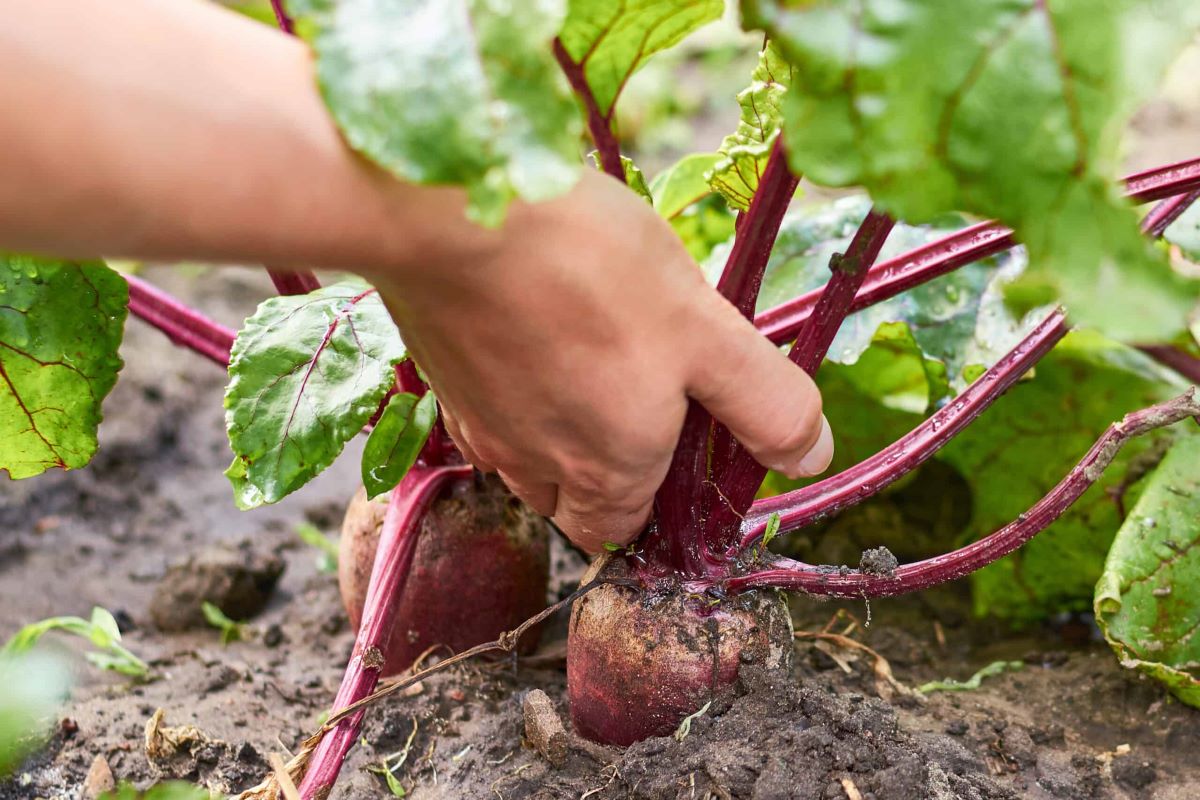

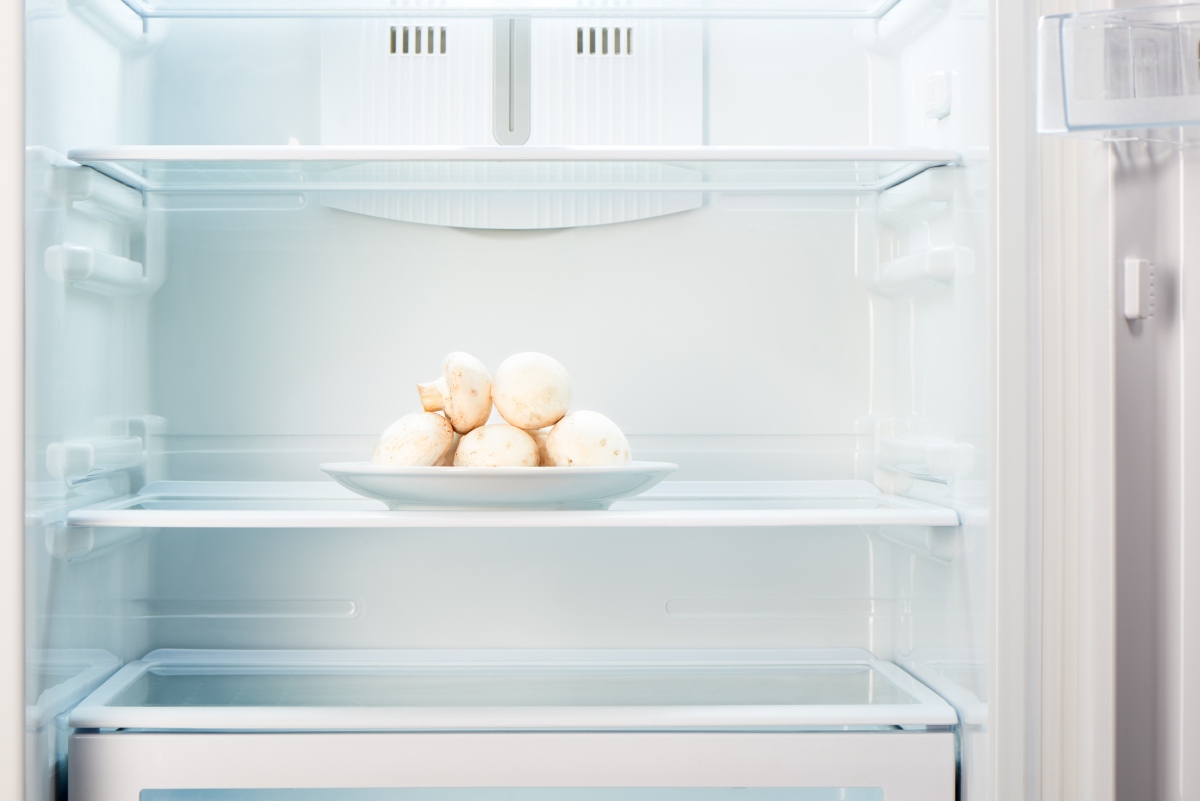
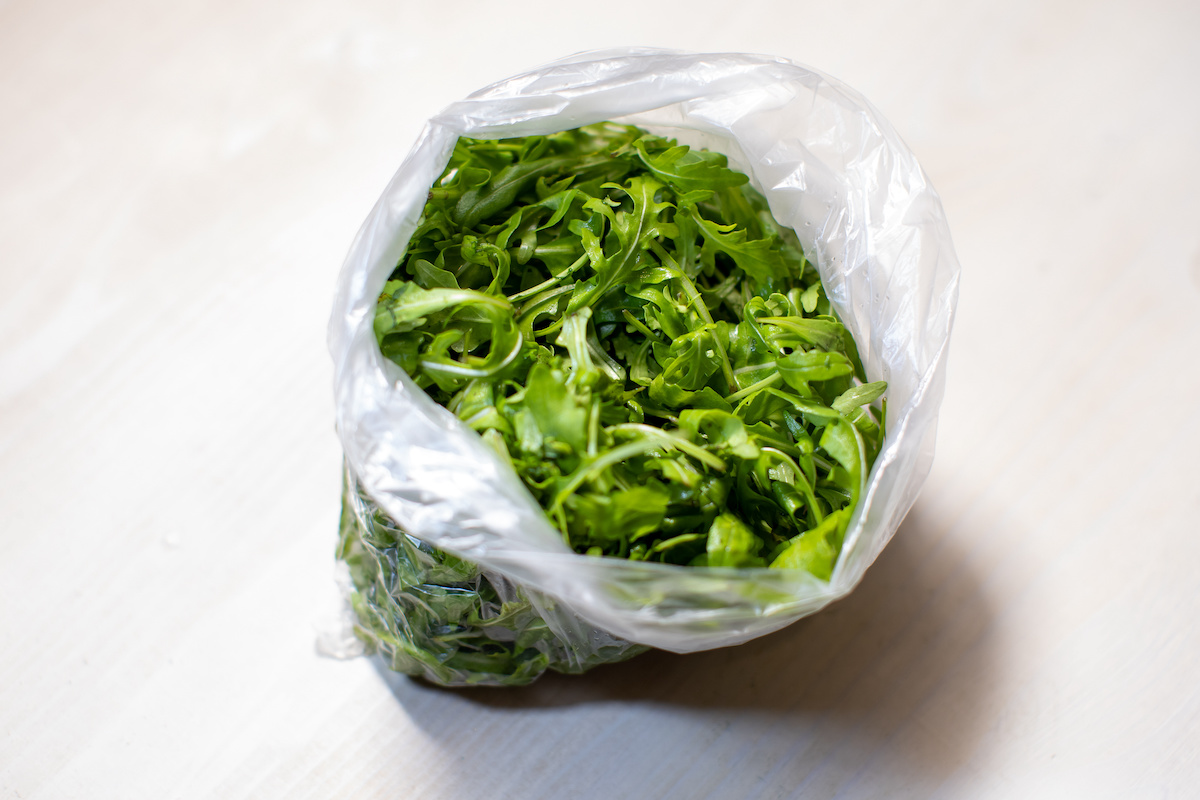
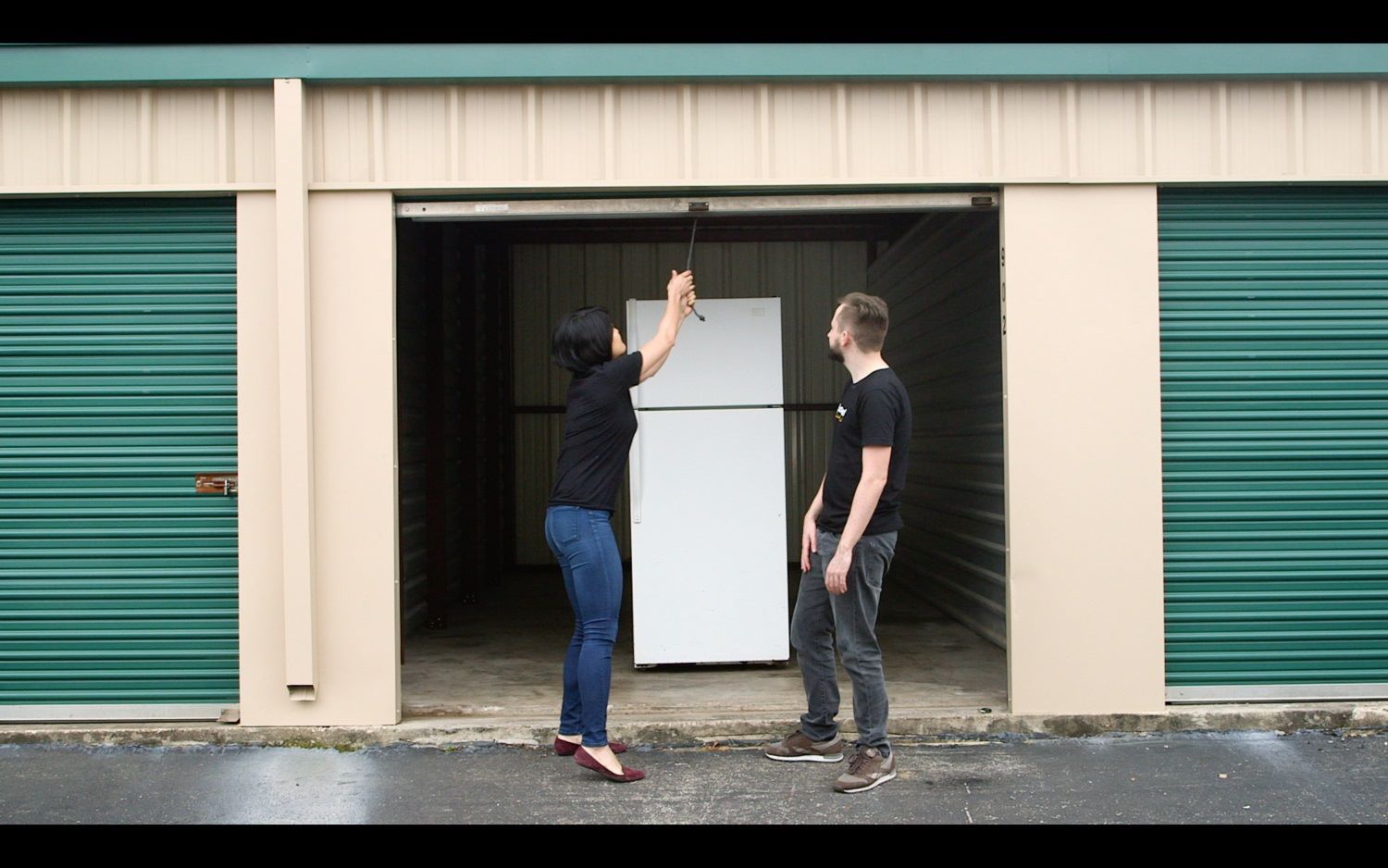


0 thoughts on “How To Store Beets In Fridge”